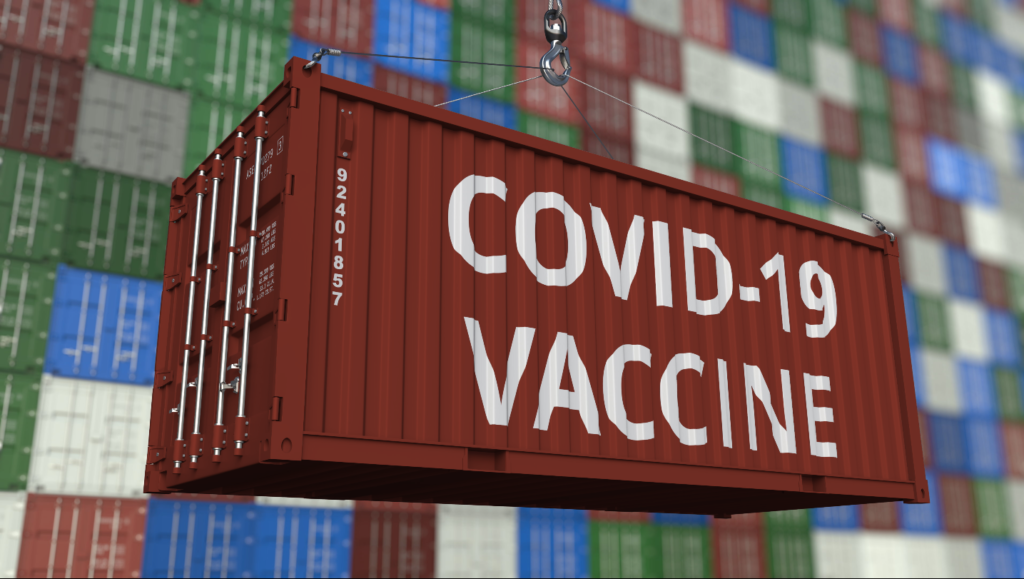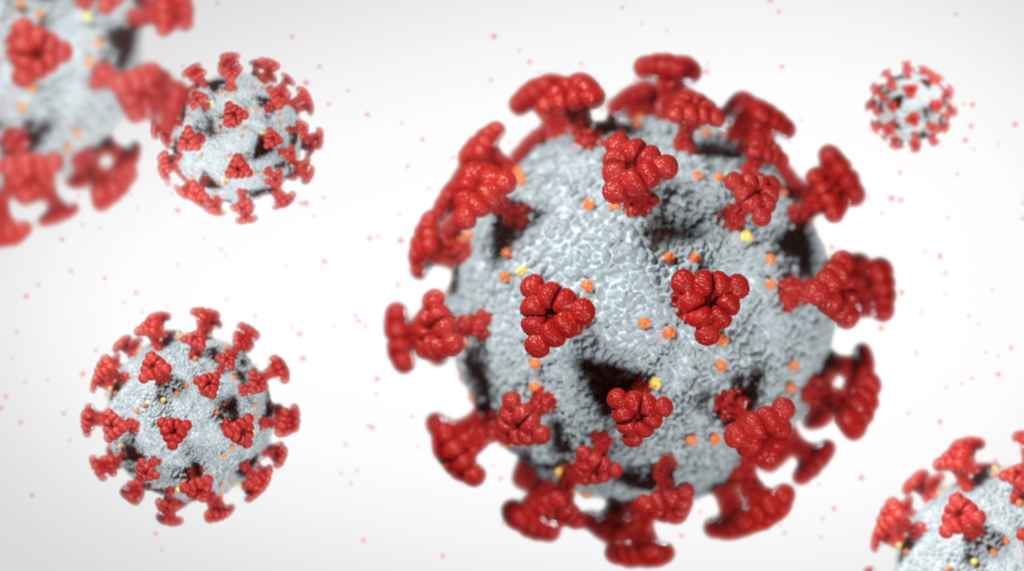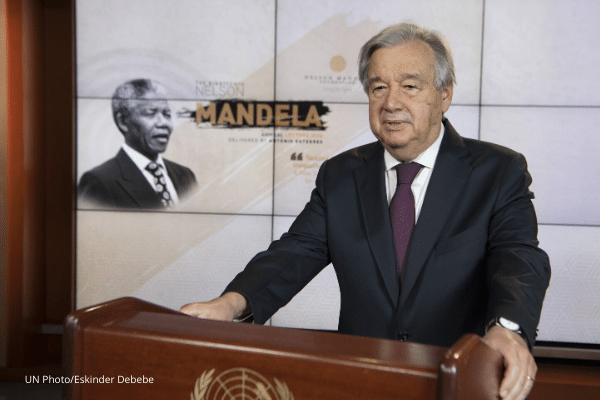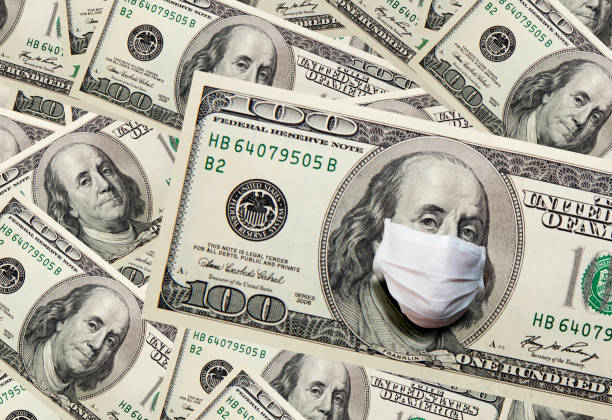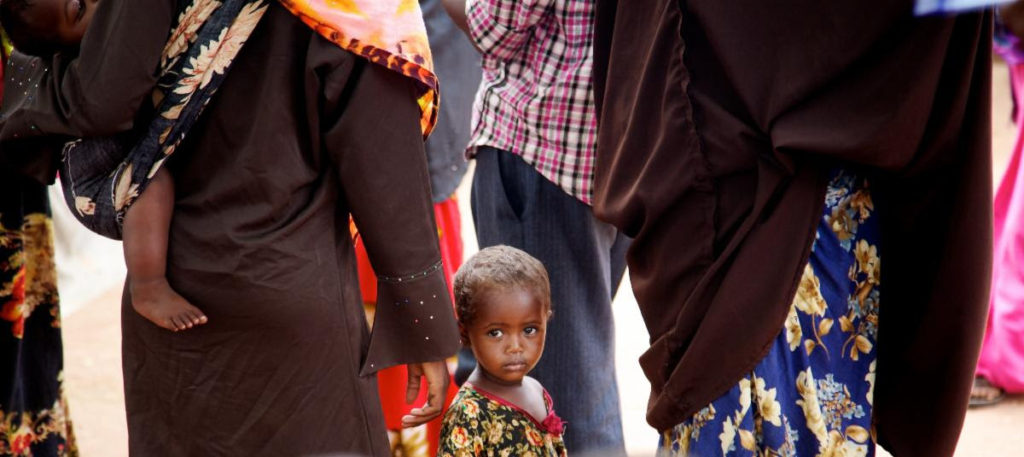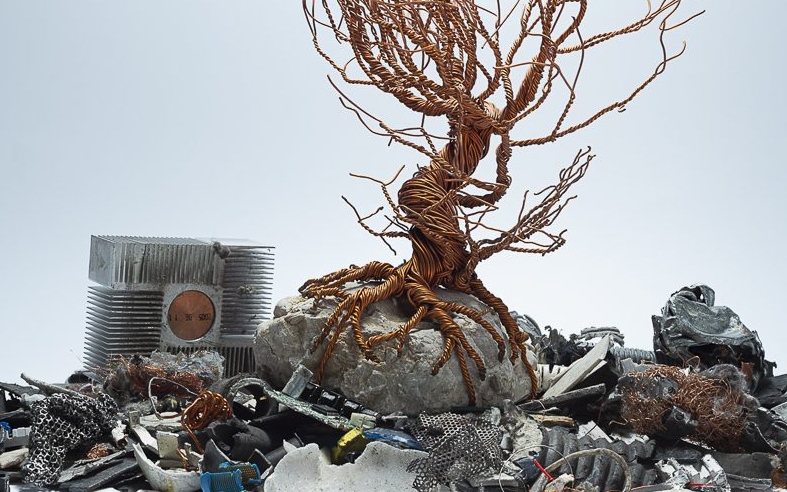NEW UPDATE: $35 billion more needed to accelerate treatments, vaccines; end 5,000 daily virus deaths; U.S. not joining vaccine pool
New York, September 10 – The United Nations and scores of governments called for a “quantum leap in funding” in the amount of $35 billion in order to accelerate the development of tests, treatments and vaccines that would prevent the current 5,000 Covid-19 daily deaths around the world.
The UN, the World Health Organization and more than 30 presidents and government ministers called for funding the ACT-Accelerator, a program that aims at speeding up efforts to end the pandemic through development, delivery of tests, treatments and equitable allocation of vaccines and foster the quick return of societies and economies. The program was launched in April by the WHO, the European Union, France and the Bill & Melinda Gates Foundation and it has already delivered substantial work to fight the pandemic.
“We now need $35 billion more to go from set-up to scale and impact,” UN Secretary-General Antonio Guterres said. “There is a real urgency in these numbers. Without an infusion of US$15 billion over the next 3 months, beginning immediately, we will lose the window of opportunity”.
He was joined by Cyril Ramaphosa, President of South Africa and Erna Solberg, Prime Minister of Norway, who co-chair the ACT-Acceleration Facilitation Council
Tedros Adhanom Ghebreyesus, WHO Director-General, said: “Nearly 5,000 lives are lost each day due to COVID-19 and the global economy is expected to contract by trillions of dollars this year. The case for investing to end the pandemic has never been stronger.”
WHO said the ACT-Accelerator ensures equitable access to vaccines, diagnostics and therapeutics but it at present is facing a financing gap of $35 billion. “Fully financing the ACT-Accelerator would shorten the pandemic and pay back this investment rapidly as the global economy recovers,” it said.
The United States has decided not to join a WHO-led global program that will allow countries to have equitable access to Covid-19 vaccines, raising the prospect that rich countries may acquire large doses of the shots for their own people at the expense of developing and poor countries.
A total of 172 countries are now engaged in discussion with COVAX, a global initiative that works with vaccine manufacturers to provide equitable access to safe and effective vaccines once they are licensed and approved to all countries that have signed up with the partnership, the World Health Organization said in late August.
“Under President Trump’s leadership, vaccine and therapeutic research, development, and trials have advanced at unprecedented speed to deliver groundbreaking, effective medicines driven by data and safety and not held back by government red tape,” White House spokesman Judd Deere said on September 1.
“The United States will continue to engage our international partners to ensure we defeat this virus, but we will not be constrained by multilateral organizations influenced by the corrupt World Health Organization and China.”
“This President will spare no expense to ensure that any new vaccine maintains our own FDA’s gold standard for safety and efficacy, is thoroughly tested, and saves lives,” Deere said.
The US has decided to leave the World Health Organization, which will become effective next July.
The Wall Street Journal reported that the United States, the European Union, Japan and the United Kingdom have agreed to purchase at least 3.7 billion doses from Western companies developing Covid-19 vaccines apparently for their own uses.
China and India, the world’s most populous nations which also have their own giant vaccine-making industries, are expected to reserve the vaccines for their own people.
Public health experts warned the US decision may harm global efforts to control the pandemic.
“Equal access to a COVID-19 vaccine is the key to beating the virus and paving the way for recovery from the pandemic,” said Swedish Prime Minister Stefan Löfven when COVAX was launched. “This cannot be a race with a few winners, and the COVAX Facility is an important part of the solution – making sure all countries can benefit from access to the world’s largest portfolio of candidates and fair and equitable distribution of vaccine doses.”
WHO said COVAX has the world’s largest and most diverse COVID-19 vaccine portfolio – including nine candidate vaccines, with a further nine under evaluation and conversations underway with other major producers. Its success depends on countries signing up to the COVAX Facility as well as filling key funding gaps for both COVAX R&D work and a mechanism to support participation of lower-income economies in the COVAX Facility.
“COVID-19 is an unprecedented global health challenge that can only be met with unprecedented cooperation between governments, researchers, manufacturers and multilateral partners,” said Dr Tedros Adhanom Ghebreyesus, Director-General of WHO. “By pooling resources and acting in solidarity through the ACT Accelerator and the COVAX Facility, we can ensure that once a vaccine is available for COVID-19, it’s available equitably to all countries.”
Of the 172 governments that have signed up with the partnership, 80 have higher-income economies and will finance the vaccines using their own public finance budgets and have so far submitted Expressions of Interests in the partnership and the other 92 are low- and middle-income countries. Together the group of 172 countries represents more than 70 per cent of the world’s population from all five continents and more than half of the world’s G20 economies.
WHO said COVAX’s goal is to deliver by the end of 2021 two billion doses of safe, effective vaccines that have passed regulatory approval and/or WHO prequalification.
“These vaccines will be offered equally to all participating countries, proportional to their populations, initially prioritising healthcare workers then expanding to cover vulnerable groups, such as the elderly and those with pre-existing conditions,” WHO said. “Further doses will then be made available based on country need, vulnerability and COVID-19 threat. The COVAX Facility will also maintain a buffer of doses for emergency and humanitarian use, including dealing with severe outbreaks before they spiral out of control.”
The list of nine candidate vaccines is as follows:
· Inovio, USA (Phase I/II)
· Moderna, USA (Phase III)
· CureVac, Germany (Phase I)
· Institut Pasteur/Merck/Themis, France/USA/Austria (Preclinical)
· AstraZeneca/University of Oxford, UK (Phase III)
· University of Hong Kong, China (Preclinical)
· Novavax, USA (Phase I/II)
· Clover Biopharmaceuticals, China (Phase I)
· University of Queensland/CSL, Australia (Phase I)
WHO provided the list of countries that have joined or engaged in talks to join COVAX:
The 80 countries that have submitted expressions of interest to the Gavi-coordinated COVAX Facility include 43 that have agreed to be publicly named: Andorra, Argentina, Armenia, Botswana, Brazil, Canada, Chile, Colombia, Croatia, Czech Republic, Dominican Republic, Estonia, Finland, Greece, Iceland, Iraq, Ireland, Israel, Japan, Jordan, Kuwait, Lebanon, Luxembourg, Mauritius, Mexico, Monaco, Montenegro, New Zealand, North Macedonia, Norway, Palau, Portugal, Qatar, Republic of Korea, San Marino, Saudi Arabia, Seychelles, Singapore, South Africa, Switzerland, United Arab Emirates, United Kingdom of Great Britain & Northern Ireland, Venezuela.
In July the Gavi Board agreed on the 92 economies that will be supported the COVAX Advance Market Commitment (AMC). The full list is as follows:
· Low income: Afghanistan, Benin, Burkina Faso, Burundi, Central African Republic, Chad, Congo, Dem. Rep., Eritrea, Ethiopia, Gambia, The Guinea, Guinea-Bissau, Haiti, Korea, Dem. People’s Rep., Liberia, Madagascar, Malawi, Mali, Mozambique, Nepal, Niger, Rwanda, Sierra Leone, Somalia, South Sudan, Syrian Arab Republic, Tajikistan, Tanzania, Togo, Uganda, Yemen, Rep.,
· Lower-middle income: Angola, Algeria, Bangladesh, Bhutan, Bolivia, Cabo Verde, Cambodia, Cameroon, Comoros, Congo, Rep. Côte d’Ivoire, Djibouti, Egypt, Arab Rep., El Salvador, Eswatini, Ghana, Honduras, India, Indonesia, Kenya, Kiribati, Kyrgyz Republic Lao PDR, Lesotho, Mauritania, Micronesia, Fed. Sts., Moldova, Mongolia, Morocco, Myanmar, Nicaragua, Nigeria, Pakistan, Papua New Guinea, Philippines, São Tomé and Principe, Senegal, Solomon Islands, Sri Lanka, Sudan, Timor-Leste, Tunisia, Ukraine, Uzbekistan, Vanuatu, Vietnam, West Bank and Gaza, Zambia, Zimbabwe
· Additional IDA eligible: Dominica, Fiji, Grenada, Guyana, Kosovo, Maldives, Marshall Islands, Samoa, St. Lucia, St. Vincent and the Grenadines, Tonga, Tuvalu.
United Nations correspondent journalists – United Nations correspondent journalists – United Nations correspondent journalists – United Nations journalism articles – United Nations journalism articles – United Nations journalism articles – United Nations News – United Nations News – United Nations News

